Study the diagram of human respiratory system and answer the given question.

The balloon like structures present in 'S' is:
Nephron
Alveoli
Bronchi
Bronchiole
The correct Answer is:B
The balloon like structure are alveoli. Alveoli are air sacs at the end of bronchioles. They allow oxygen and carbon dioxide to move between the lungs and the blood-stream.
Topper's Solved these Questions
- LIFE PROCESSESBOOK - OSWAL PUBLICATIONCHAPTER - LIFE PROCESSESEXERCISE - SELF-ASSESSMENT-1 (I. OBJECTIVE TYPE QUESTION) (A. MULTIPLE CHOICE QUESTION)
3 Videos
- LIFE PROCESSESBOOK - OSWAL PUBLICATIONCHAPTER - LIFE PROCESSESEXERCISE - SELF-ASSESSMENT-1 (I. OBJECTIVE TYPE QUESTION) (B. PASSAGE/DIOGRAM BASED QUESTION)
4 Videos
- LIFE PROCESSESBOOK - OSWAL PUBLICATIONCHAPTER - LIFE PROCESSESEXERCISE - Assertion And Reason Based MCQs
17 Videos
- HOW DO ORGANISMS REPRODUCE ?BOOK - OSWAL PUBLICATIONCHAPTER - HOW DO ORGANISMS REPRODUCE ?EXERCISE - CREATING BASED QUESTIONS
6 Videos
- MANAGEMENT OF NATURAL RESOURCES BOOK - OSWAL PUBLICATIONCHAPTER - MANAGEMENT OF NATURAL RESOURCES EXERCISE - CASE-BASED MCQs
15 Videos
Similar Questions
Respiratory system of humans
View SolutionStudy the diagram of human respiratory system and answer the given question.
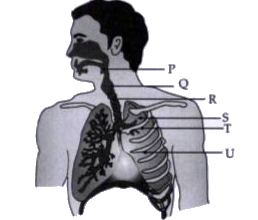
Which of these is the function of balloon like structure present in lungs?
View SolutionStudy the diagram of human respiratory system and answer the given question.
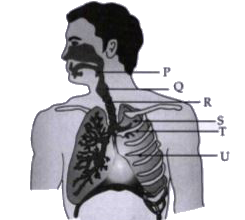
Which of these statements is incorrect regarding human lungs?
View SolutionStudy the diagram of human respiratory system and answer the given question.
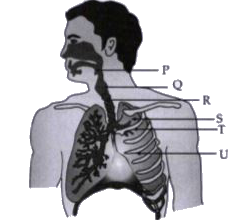
Which of these organ is surrounded by cartilaginous rings?
View SolutionStudy the diagram of human respiratory system and answer the given question.
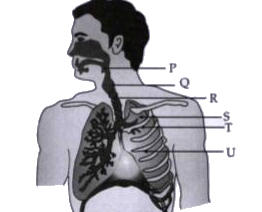
Trachea is divided into two smaller tubes called ________.
View SolutionDraw a clean diagram of human respiratory system diaghragm
View SolutionQuestions based on respiratory system
View SolutionStudy the given pedigree chart and answer the given questions :-
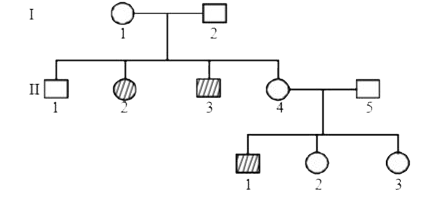
View SolutionStudy the given pedigree chart and answer the given questions :-

View SolutionStudy the diagram given below and answer the following questions.
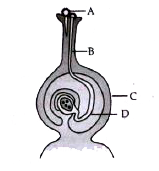
View Solution
